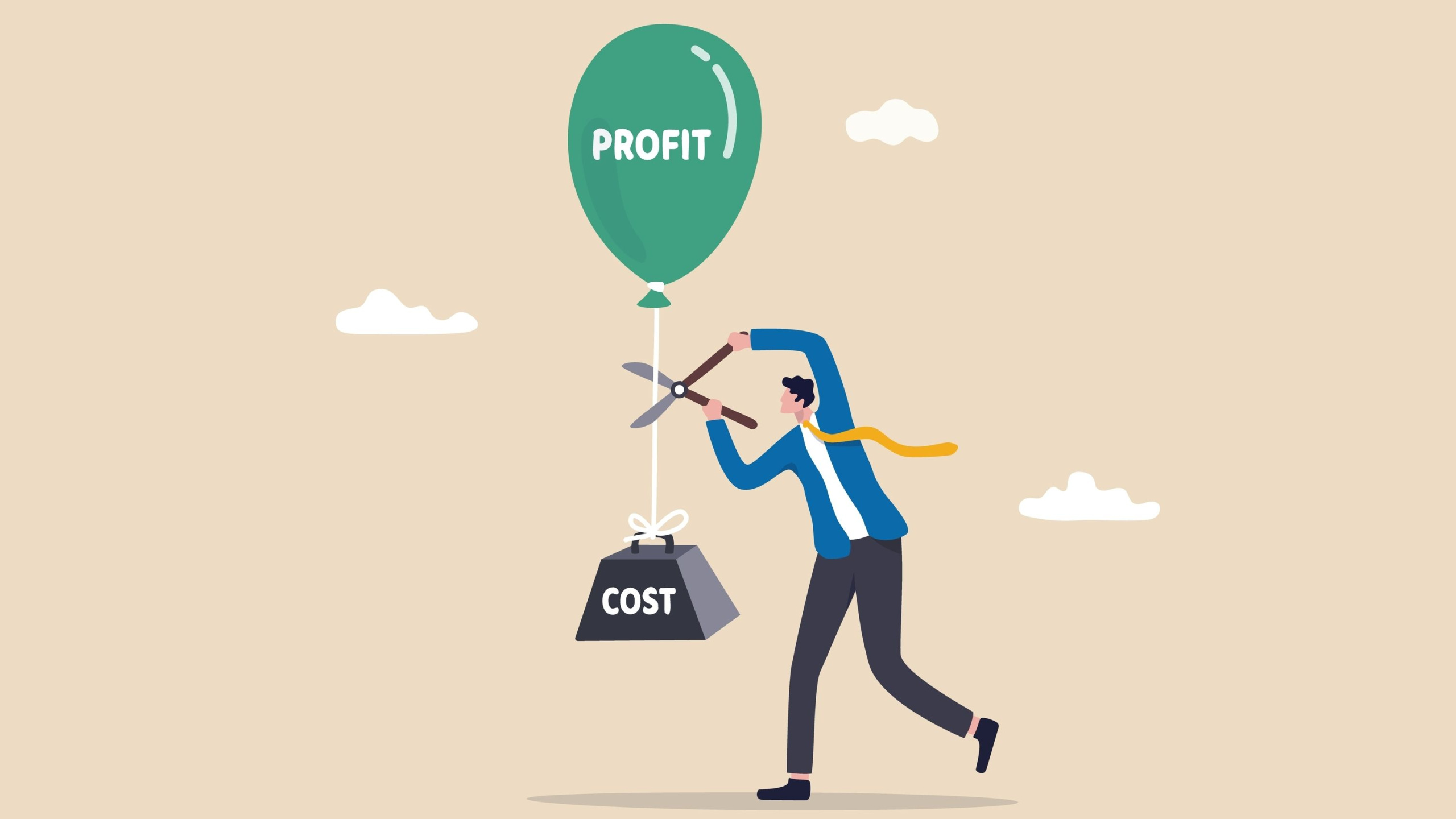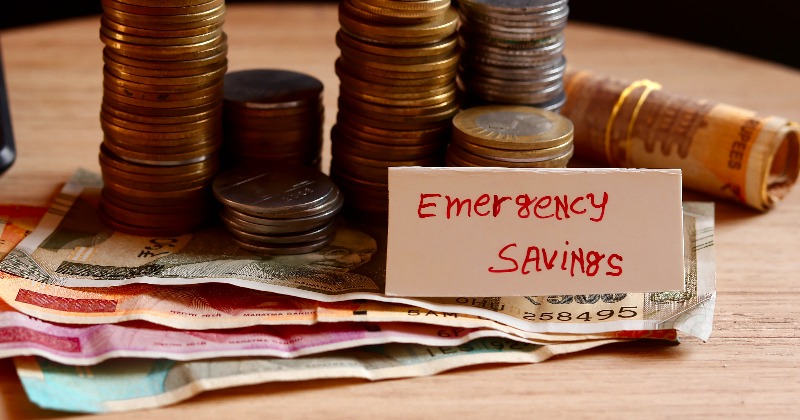Assessing Your Financial Reality: Understanding Your Expenses
Living on a modest budget of $2000 a month requires a deep understanding of your financial reality. To create a realistic budget, it’s essential to track and categorize your monthly expenses. This process helps identify areas where you can reduce spending and allocate funds more efficiently. Start by gathering all your financial documents, including bank statements, bills, and receipts. Then, categorize your expenses into needs (housing, utilities, food), wants (entertainment, hobbies), and debt repayment.
Next, analyze your spending habits to identify areas where you can cut back. Consider using the 50/30/20 rule as a guideline: 50% of your income should go towards necessary expenses, 30% towards discretionary spending, and 20% towards savings and debt repayment. Be honest with yourself about what you need versus what you want. For example, do you need a gym membership or can you find free or low-cost alternatives for exercise?
Once you have a clear picture of your expenses, set financial goals for yourself. Do you want to pay off debt, build an emergency fund, or save for a specific expense? Having specific goals in mind will help you stay motivated to stick to your budget. Remember, living on a modest budget requires discipline and patience, but the rewards are well worth the effort. By understanding your expenses and making conscious financial decisions, you can thrive on $2000 a month and achieve long-term financial stability.
Creating a Sustainable Budget: Prioritizing Needs over Wants
When it comes to living on a modest budget of $2000 a month, creating a sustainable budget is crucial. The 50/30/20 rule is a simple yet effective way to allocate your income towards necessary expenses, discretionary spending, and savings. This rule suggests that 50% of your income should go towards necessary expenses such as rent, utilities, and food, 30% towards discretionary spending such as entertainment and hobbies, and 20% towards savings and debt repayment.
To prioritize needs over wants, start by identifying your essential expenses. These may include rent, utilities, groceries, and transportation costs. Next, allocate funds towards these expenses first, ensuring that you have enough to cover your basic needs. Then, allocate funds towards discretionary spending, such as dining out or entertainment. Finally, allocate funds towards savings and debt repayment, such as building an emergency fund or paying off high-interest debt.
Remember, the key to a sustainable budget is to strike a balance between needs and wants. By prioritizing your essential expenses and allocating funds accordingly, you can ensure that you have enough to cover your basic needs while still enjoying some discretionary spending. Additionally, by allocating funds towards savings and debt repayment, you can build a safety net and achieve long-term financial stability.
For example, if you earn $2000 a month, you could allocate $1000 towards necessary expenses, $600 towards discretionary spending, and $400 towards savings and debt repayment. This would leave you with a balanced budget that covers your basic needs while still allowing for some flexibility and enjoyment.
Maximizing Your Income: Exploring Ways to Boost Your Earnings
Living on a modest budget of $2000 a month requires a strategic approach to managing your finances. One effective way to make the most of your budget is to maximize your income. By increasing your earnings, you can enjoy a higher standard of living, pay off debt, and build savings. In this section, we’ll explore ways to boost your income, including taking on a side hustle, asking for a raise, and pursuing additional education or training.
Taking on a side hustle is a great way to supplement your income. Consider freelancing, dog walking, or tutoring, which can be done on a part-time basis. You can also explore online opportunities, such as selling products on eBay or Amazon, or offering services on Upwork. Some popular side hustles include:
- Freelance writing or editing
- Virtual assistance or social media management
- Online tutoring or teaching
- Selling handmade products on Etsy
- Ride-sharing or driving for a food delivery service
Another way to boost your income is to ask for a raise at your current job. This can be a challenging conversation, but it’s essential to make a strong case for why you deserve a salary increase. Prepare by researching industry standards, highlighting your achievements, and demonstrating your value to the company.
Pursuing additional education or training can also lead to higher earning potential. Consider taking courses or certifications that align with your career goals, such as a degree in a high-demand field or a certification in a specialized skill. This investment in yourself can pay off in the long run, leading to better job prospects and higher salaries.
By exploring these strategies, you can maximize your income and enjoy a more comfortable lifestyle on a modest budget of $2000 a month. Remember to stay focused, motivated, and adaptable, and you’ll be on your way to achieving financial stability and success.
Optimizing Your Expenses: Cutting Costs without Sacrificing Quality
Living on a modest budget of $2000 a month requires a strategic approach to managing expenses. One effective way to optimize your expenses is to cut costs without sacrificing quality. This can be achieved by adopting a minimalist lifestyle, canceling subscription services, and finding affordable alternatives for entertainment and transportation.
Cooking at home is a great way to reduce food expenses. Instead of eating out or ordering takeout, try meal planning and batch cooking. This can help you save up to 50% on food expenses. Additionally, consider canceling subscription services such as gym memberships, streaming services, and magazine subscriptions. These services can add up quickly, and canceling them can help you save hundreds of dollars per year.
Another way to optimize your expenses is to find affordable alternatives for entertainment and transportation. Instead of going to expensive concerts or sporting events, try attending free or low-cost events in your community. You can also consider using public transportation, walking, or biking instead of driving a car. This can help you save money on gas, parking, and car maintenance.
Adopting a minimalist lifestyle can also help you optimize your expenses. Consider decluttering your home and selling items you no longer need or use. This can help you generate some extra cash and reduce waste. Additionally, try to avoid impulse purchases and focus on buying only what you need.
Some popular alternatives for entertainment and transportation include:
- Free or low-cost events in your community, such as concerts, festivals, or outdoor movies
- Public transportation, walking, or biking instead of driving a car
- Streaming services or online libraries instead of buying expensive DVDs or CDs
- Second-hand stores or thrift shops instead of buying new clothes or furniture
By optimizing your expenses and adopting a minimalist lifestyle, you can save money and achieve a more sustainable financial future. Remember to stay focused, motivated, and adaptable, and you’ll be on your way to thriving on a modest budget of $2000 a month.
Navigating the World of Frugal Living: Tips and Tricks for Success
Living on a modest budget of $2000 a month requires a strategic approach to managing finances. One effective way to achieve financial stability is to adopt a frugal lifestyle. Frugal living is not just about cutting costs, but also about making conscious financial decisions that align with your values and goals.
To maintain a frugal lifestyle, it’s essential to avoid impulse purchases. Create a 30-day waiting period before buying non-essential items to ensure that the purchase is necessary and aligns with your financial goals. Additionally, consider implementing a “one in, one out” policy, where you get rid of an old item every time you bring a new one into your home.
Another way to maintain a frugal lifestyle is to find free or low-cost entertainment. Instead of going to expensive concerts or sporting events, try attending free or low-cost events in your community. You can also consider streaming services or online libraries instead of buying expensive DVDs or CDs.
Building a supportive community of like-minded individuals is also crucial for maintaining a frugal lifestyle. Join online forums or social media groups focused on frugal living to connect with others who share your values and goals. You can also consider attending local events or meetups to connect with others in person.
Some popular strategies for maintaining a frugal lifestyle include:
- Meal planning and batch cooking to reduce food expenses
- Cancelling subscription services and finding free or low-cost alternatives
- Implementing a “one in, one out” policy to reduce clutter and waste
- Building a supportive community of like-minded individuals
- Using cashback apps and rewards programs to earn money back on purchases
By adopting these strategies and maintaining a frugal lifestyle, you can achieve financial stability and thrive on a modest budget of $2000 a month. Remember to stay focused, motivated, and adaptable, and you’ll be on your way to achieving your financial goals.
Managing Debt and Credit: A Path to Financial Freedom
Living on a modest budget of $2000 a month requires effective management of debt and credit. High-interest debt can quickly become overwhelming, making it difficult to achieve financial stability. In this section, we’ll discuss the importance of managing debt and credit effectively, including tips on creating a debt repayment plan, understanding credit scores, and avoiding predatory lenders.
Creating a debt repayment plan is a crucial step in managing debt effectively. Start by making a list of all your debts, including the balance, interest rate, and minimum payment. Then, prioritize your debts by focusing on the ones with the highest interest rates or the smallest balances. Consider consolidating your debt into a single loan with a lower interest rate, or negotiating with your creditors to reduce your payments.
Understanding credit scores is also essential for managing debt and credit effectively. Your credit score is a three-digit number that represents your creditworthiness, and it can affect your ability to get approved for loans or credit cards. Aim for a credit score of 700 or higher, and consider monitoring your credit report regularly to ensure it’s accurate and up-to-date.
Avoiding predatory lenders is also crucial for managing debt and credit effectively. Predatory lenders often charge high interest rates and fees, making it difficult to pay off your debt. Consider working with reputable lenders or credit counseling agencies to get help with managing your debt.
Some popular strategies for managing debt and credit include:
- Debt snowball method: Paying off debts with the smallest balances first, while making minimum payments on other debts
- Debt avalanche method: Paying off debts with the highest interest rates first, while making minimum payments on other debts
- Debt consolidation: Combining multiple debts into a single loan with a lower interest rate
- Credit counseling: Working with a reputable credit counseling agency to get help with managing debt
By managing debt and credit effectively, you can achieve financial freedom and thrive on a modest budget of $2000 a month. Remember to stay focused, motivated, and adaptable, and you’ll be on your way to achieving your financial goals.
Building an Emergency Fund: Protecting Yourself from Financial Shocks
Living on a modest budget of $2000 a month requires a safety net to protect yourself from financial shocks. An emergency fund is a crucial component of any financial plan, providing a cushion of savings to fall back on in case of unexpected expenses or income disruptions. In this section, we’ll discuss the importance of building an emergency fund and provide strategies for maintaining a cushion of savings.
Aim to save 3-6 months’ worth of living expenses in your emergency fund. This will provide a sufficient cushion to cover unexpected expenses, such as car repairs or medical bills, and ensure that you can continue to pay your bills on time. Consider setting up a separate savings account specifically for your emergency fund, and make regular deposits to build up your savings over time.
Some popular strategies for building an emergency fund include:
- Setting up automatic transfers from your checking account to your savings account
- Using a budgeting app to track your expenses and identify areas for reduction
- Selling unwanted items or assets to generate a lump sum for your emergency fund
- Considering a side hustle or freelance work to increase your income and boost your savings
Common pitfalls to avoid when building an emergency fund include:
- Dipping into your emergency fund for non-essential expenses
- Not reviewing and updating your emergency fund regularly
- Not considering other sources of funding, such as a home equity loan or credit card, in case of an emergency
By building and maintaining an emergency fund, you can protect yourself from financial shocks and ensure that you can continue to thrive on a modest budget of $2000 a month. Remember to stay focused, motivated, and adaptable, and you’ll be on your way to achieving financial stability and security.
Staying Motivated and Accountable: Overcoming Challenges and Celebrating Successes
Living on a modest budget of $2000 a month requires discipline, patience, and persistence. To stay motivated and accountable throughout the process, it’s essential to track your progress, celebrate your successes, and find support from friends, family, or a financial advisor.
Tracking your progress is crucial to staying motivated and accountable. Consider using a budgeting app or spreadsheet to track your income and expenses, and make adjustments as needed. You can also set financial goals and milestones, such as paying off debt or building an emergency fund, to help you stay focused and motivated.
Celebrating your successes is also important for staying motivated and accountable. Consider treating yourself to a small reward or celebration when you reach a financial milestone, such as paying off a credit card or saving a certain amount of money. This will help you stay motivated and encouraged to continue working towards your financial goals.
Finally, finding support from friends, family, or a financial advisor can be incredibly helpful in staying motivated and accountable. Consider joining a financial support group or seeking the advice of a financial advisor to help you stay on track and overcome challenges.
Some popular strategies for staying motivated and accountable include:
- Using a budgeting app or spreadsheet to track income and expenses
- Setting financial goals and milestones to help stay focused and motivated
- Celebrating successes and treating yourself to small rewards
- Seeking support from friends, family, or a financial advisor
By staying motivated and accountable, you can overcome the challenges of living on a modest budget and achieve financial stability and security. Remember to stay focused, motivated, and adaptable, and you’ll be on your way to thriving on a modest budget of $2000 a month.






